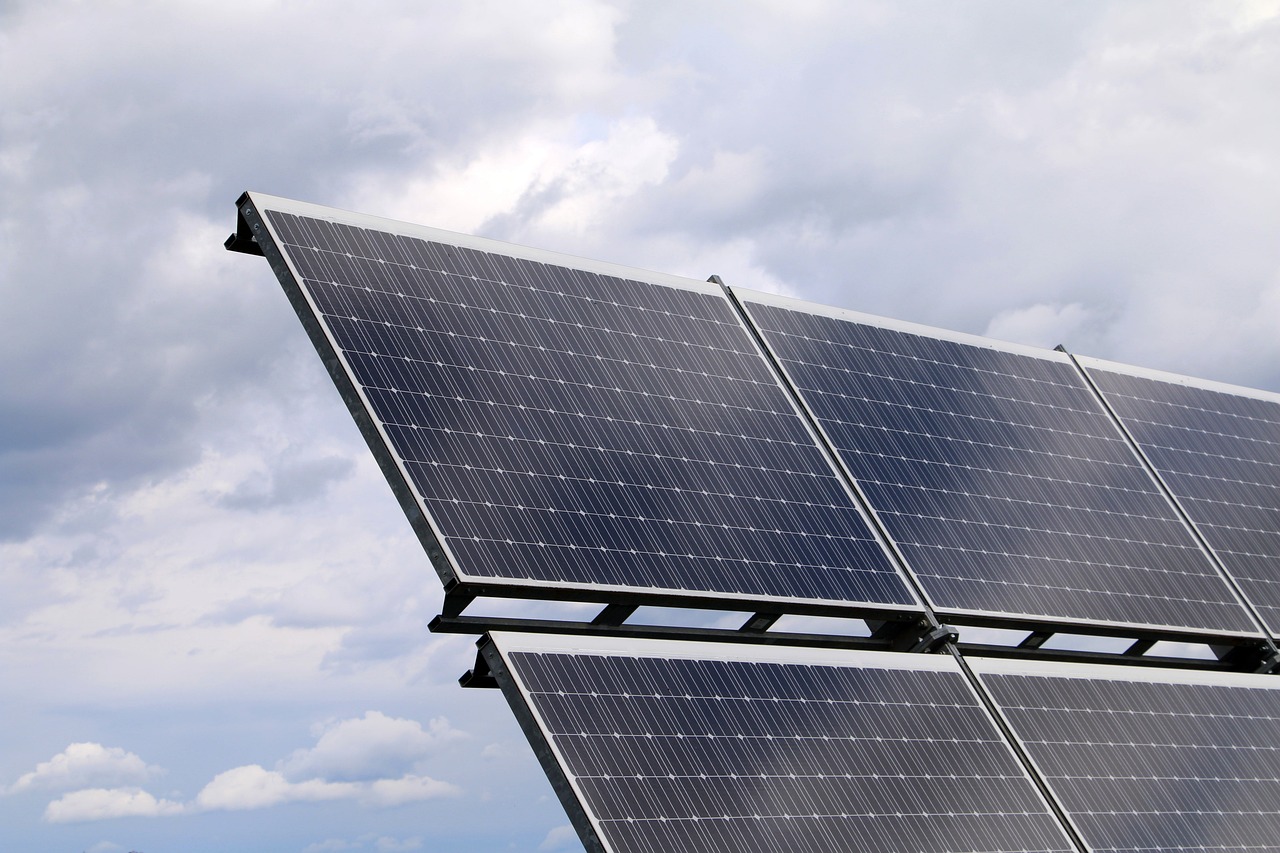
Different types of solar panels and advantages.
How Do I Know Which Solar Panel to Use?

Choosing the right solar panel can be a daunting task, but understanding the different types and their advantages can help simplify the decision-making process. Here, we’ll explore the various types of solar panels, their benefits, and the latest in solar technology: bifacial panels.
Types of Solar Panels
- Monocrystalline Solar Panels
- Advantages: Monocrystalline panels are known for their high efficiency and durability. They are made from a single crystal structure, which allows them to convert more sunlight into electricity compared to other types. They are ideal for installations with limited space, as they generate more power per square foot.
- Best For: Residential and commercial installations where space is a constraint and maximum efficiency is desired.
- Polycrystalline Solar Panels
- Advantages: Polycrystalline panels are made from multiple silicon crystals and are generally less expensive than monocrystalline panels. They have a slightly lower efficiency but offer a good balance between cost and performance.
- Best For: Budget-conscious installations where space is not a major concern, such as larger rooftops or ground-mounted systems.
- Thin-Film Solar Panels
- Advantages: Thin-film panels are lightweight and flexible, making them easy to install on a variety of surfaces, including curved or irregularly shaped roofs. They perform well in low-light conditions and are less affected by high temperatures.
- Best For: Large-scale installations, such as utility projects or commercial buildings with ample roof space and less concern for weight limitations.
Bifacial Solar Panels
One of the latest advancements in solar technology is bifacial solar panels. Unlike traditional panels, which capture sunlight on one side, bifacial panels are designed to absorb light on both sides. This innovative design can significantly increase energy production, especially in environments with reflective surfaces like snow, water, or light-colored ground.
- Advantages: Bifacial panels offer higher energy yields without a significant increase in installation costs. They are durable and can be installed in a variety of ways, including vertical installations or on trackers that follow the sun’s movement.
- Best For: Locations with reflective surfaces and installations where maximizing energy output is critical, such as commercial or industrial sites.
Making the Right Choice
When deciding which solar panel to use, consider the following factors:
- Space Availability: If you have limited space, monocrystalline panels might be the best choice due to their higher efficiency.
- Budget: For those on a tighter budget, polycrystalline panels offer a good balance between cost and performance.
- Installation Surface: Thin-film panels are ideal for unique surfaces or areas where weight is a concern.
- Energy Output Needs: If maximizing energy production is a priority, especially in reflective environments, bifacial panels are a great option.
Conclusion
Choosing the right solar panel involves assessing your specific needs and circumstances. Whether you prioritize efficiency, cost, flexibility, or cutting-edge technology, there is a solar panel that fits your requirements. By understanding the advantages of each type and the benefits of new technologies like bifacial panels, you can make an informed decision that will maximize your investment in solar energy.









